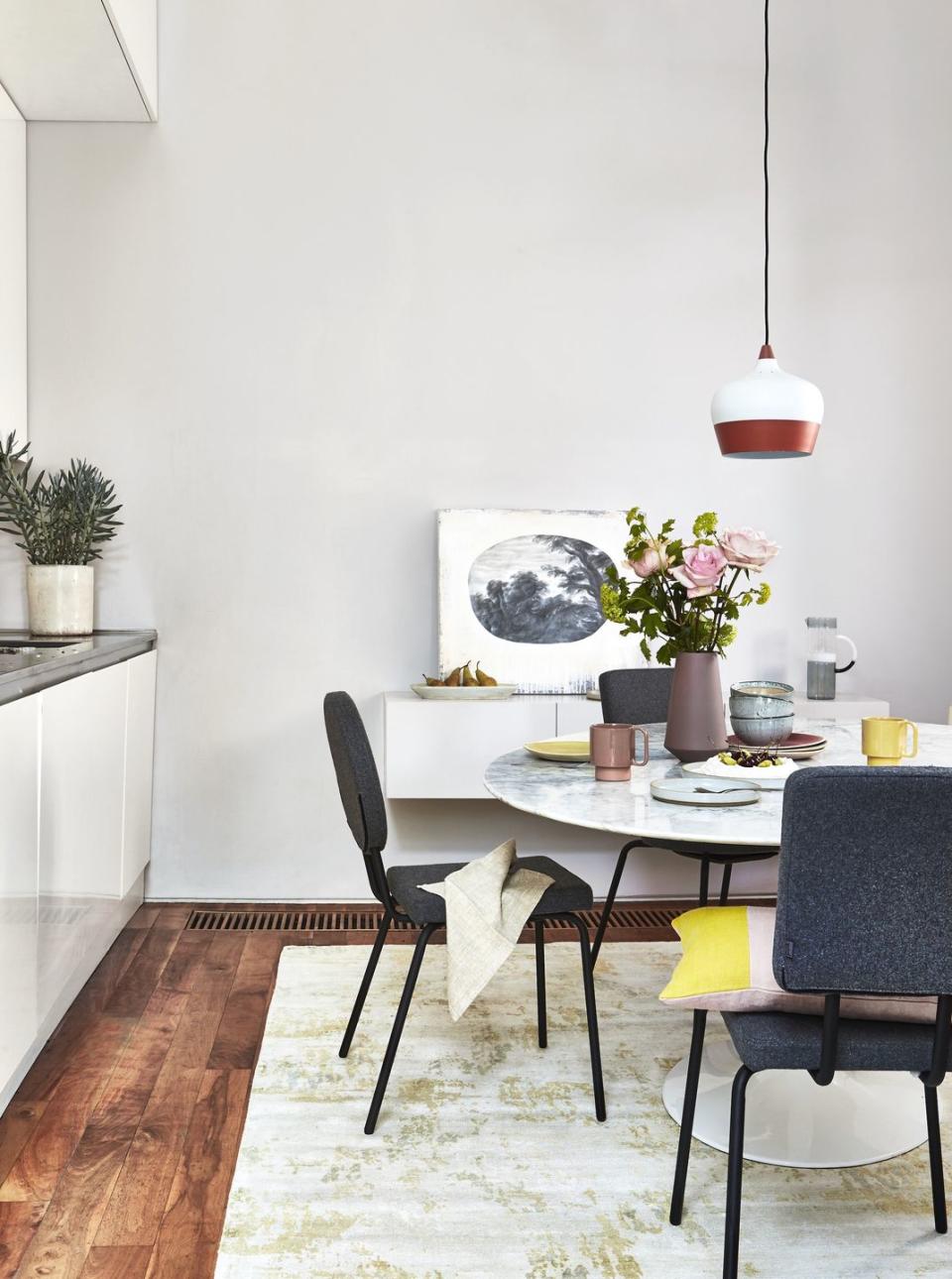6 mistakes you're making when taking out home insurance

We’re all too familiar with how life can throw the unexpected at you. But home insurance can help stop a surprise event – whether it’s a break-in, a burst pipe or a fire – becoming an incredibly costly affair. Instead, it offers you peace of mind that when the unexpected happens, your home, and all your belongings inside it, remain protected.
Unlike car insurance, home insurance isn’t a legal requirement in the UK – but the majority of homeowners and renters consider it a worthy investment, as it can save time, money, and hassle when problems do occur.
However, it’s important to be clued-up on the ins and outs of both buildings and contents insurance, as a number of simple mistakes could invalidate your policy and mean your home and belongings are not fully covered.
Graham Ward-Lush from Co-op Home Insurance shares some of the biggest mistakes people make and the knock-on effect they can have…
1. Under-insuring yourself
For both buildings and contents cover, Graham stresses that while it may look like a cheaper option, it’s vital not to under-insure yourself.
This is especially important when it comes to putting down the value of your home. If you state your property is worth less than its actual value, you may not be fully protected when it comes to a claim.
Graham tells Country Living: 'Most websites, including price comparison websites, will have a calculator for you to use based on the Royal Institute of Chartered Surveyors, that will tell you what the actual rebuild cost of your house is currently. It can be a good idea to go with that figure and don’t think: “that sounds a little bit steep – I'll go for a lower amount".
'Ultimately, if you have to make a claim for £10,000 of building damage, the insurer will look at your undervaluation and apply something that's called an "average" claim approach. So, for example, if you were 50 per cent underinsured for the house rebuild cost, and you made a £10,000 buildings claim, your insurer may only pay £5,000 for this – as you should have been paying more money to start with, to cover the entire value of your house.'
2. Selecting the cheapest option

Graham adds that price comparison websites will display the cheapest insurance policies at the top. But these aren’t always the best when it comes to coverage.
He explains: 'One thing to look for is alternative accommodation cover, which some insurers don’t include and some have low limits of cover for.
'It doesn't actually take much for your house to be uninhabitable. For example, if there was a flood or a small fire and there was damage in the house, or if you went away and your home was broken into and multiple doors or windows were smashed, it’s not always suitable to be staying in it.'
Some insurance policies don’t include alternative accommodation as an option in their coverage, which could mean you end up paying significantly more if you need to find somewhere else to temporarily live.
Graham also adds that Co-op Home Insurance offers cover like ‘Trace and Access’ – providing a service that identifies what’s causing a water leak in your home.
Trying to find the cause of this issue, as well as the rebuild afterwards, can be an expensive job – especially if it involves ripping up floors, tearing through walls, or digging into patios. Some insurers include this as part of their cover, so you won’t have to fork out for it – but this may not be included in all insurance policies.
3. Not sharing all the details
Another big mistake people make is not being completely honest on their application. While this might sound obvious, Graham explains sometimes it’s as simple as leaving out important information.
He continues: 'There are examples where people have their claim repudiated because they withheld something that the insurer needed to know when they set the policy up.
'If you fail to tell a new insurer about a claim you have made previously (usually within the last five years) and then make a claim for a similar reason (e.g. a break-in to your home) the insurer could refuse to cover the claim altogether.'
4. Not considering the limits to contents insurance

Insurers often have a single item limit when it comes to contents cover, which means personal possessions are only protected up to a certain value e.g. £1,500.
As a result, some possessions may need to be insured on a separate 'personal possessions’ policy, to guarantee they’re protected. Technology, artwork and jewellery often fall into this category.
It’s also worth checking if you’re covered for theft and loss of belongings when they’re outside the home. Don’t assume you are, as this might not be the case.
5. Being unaware of unoccupied caveats
If your house is unoccupied for a long period of time, e.g. more than 60 days, there will be some limits on what will be paid out if you claim, explains Graham.
It’s always best practice to check what the rules are around unoccupied properties, to avoid your home not being covered from damage or break-ins when you’re absent.
6. Assuming it covers everything
There are some things home insurance policies do not cover – for example, a burglary claim if an entry door has been left unlocked.
Coverage for outdoor and garden items is another area that people can fall short on. Graham adds: 'For example, some insurers will cover contents in the garden shed, even if it's unlocked. Others exclude it or might have limitations on it. Always check your policy cover before buying.'
More information on Co-op Home Insurance can be found here.
Follow House Beautiful on TikTok and Instagram.
You Might Also Like



